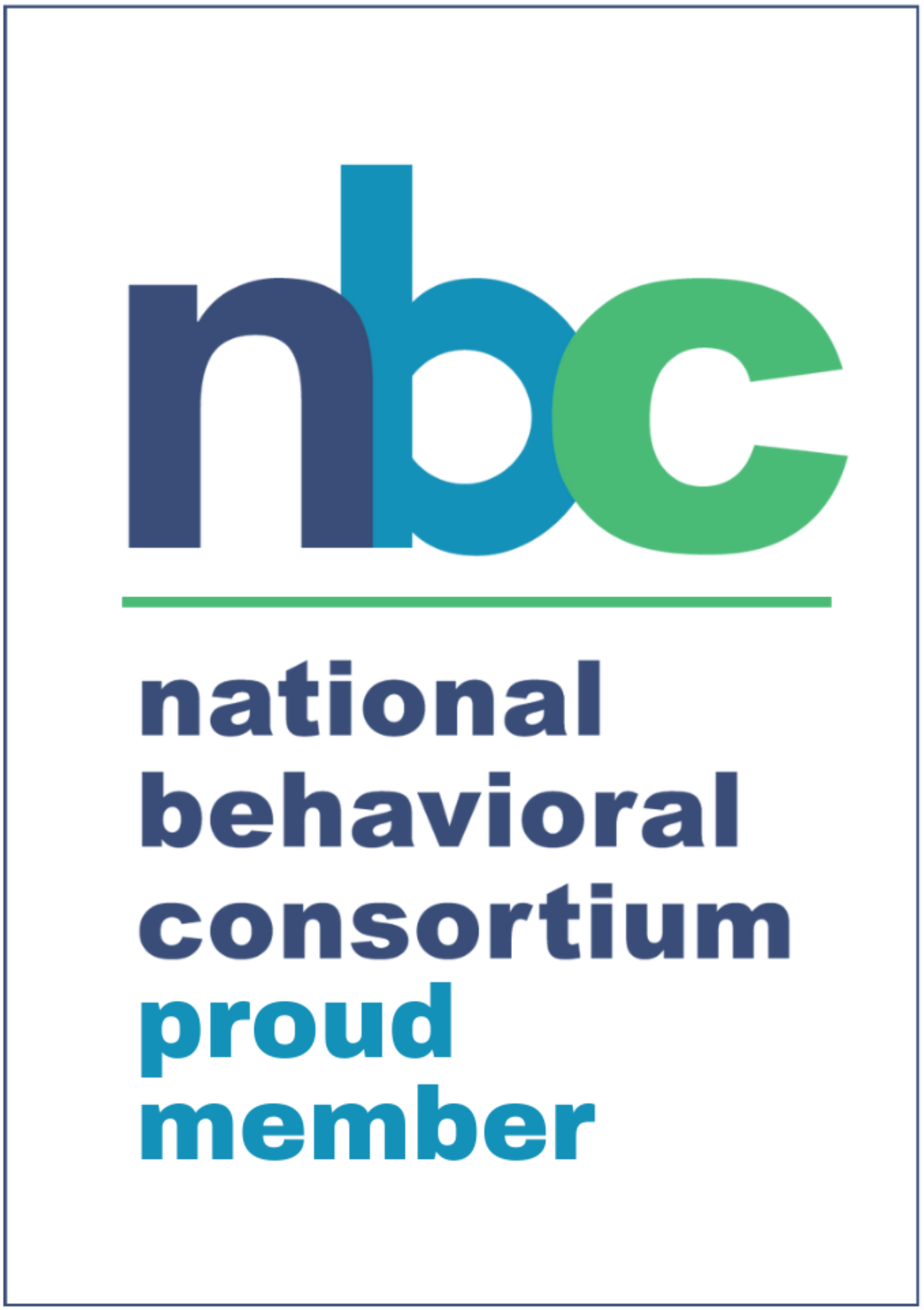I had the opportunity to observe an organization as its leader became seriously ill, recovered, then got ill again (different problem, serious again). While this was going on the organization was at a standstill on the strategic and executive level. Operationally, it still delivered what it was supposed to. But in the meantime, the board kept waiting for the CEO to get well. Strategic marketing initiatives were put on hold, revenue was diminishing, cash reserves were being used at an unprecedented rate, and the organization was eventually on the brink of extinction. This organization had been in existence for over 40 years. The board was long-standing. Staff had been with the organization for extended periods exceeding 8 plus years. So how did it get to this point? What were the psychological factors that could account for this? Could something have been done sooner?
Psychological Considerations:
Wait until so and so gets better. We will get back on track then…. (This did not happen).
Diffusion of responsibility. Staff did not have the authority or accountability, and as the Board of Directors was volunteers, they had no day-to-day authority. Everyone kept waiting for someone else to do something. Finally the President of the Board did step in.
Misinformation to the Board. The Board received information that key reports were completed and that action was being taken. This information was incorrect. Nothing had been done and the board had not done “truth through verification.”
Negative momentum in the community. The community resources were being compromised by rumors that the organization was going out of business which then created more momentum for it to go out of business. Damage control was started months after it could have been.
Not my problem. Ultimately, many individuals said, “It’s not my problem.” They quit the Board to allegedly avoid liability, did not roll their shirt sleeves up to help raise revenue, and became indifferent or apathetic.
Could this have been avoided? Absolutely. Hindsight is always 20/20. What is useful about this case study is for all of us to start pressing earlier for the plan B, C, or D when a leader becomes ill. It is important to have sufficient bench strength for staff to step up when a leader is ill, even if they are coming back. How does your staff and organization measure up?
Have a day filled with kindness,
Robert A. Mines, Ph.D.
CEO & Psychologist







Leave A Comment